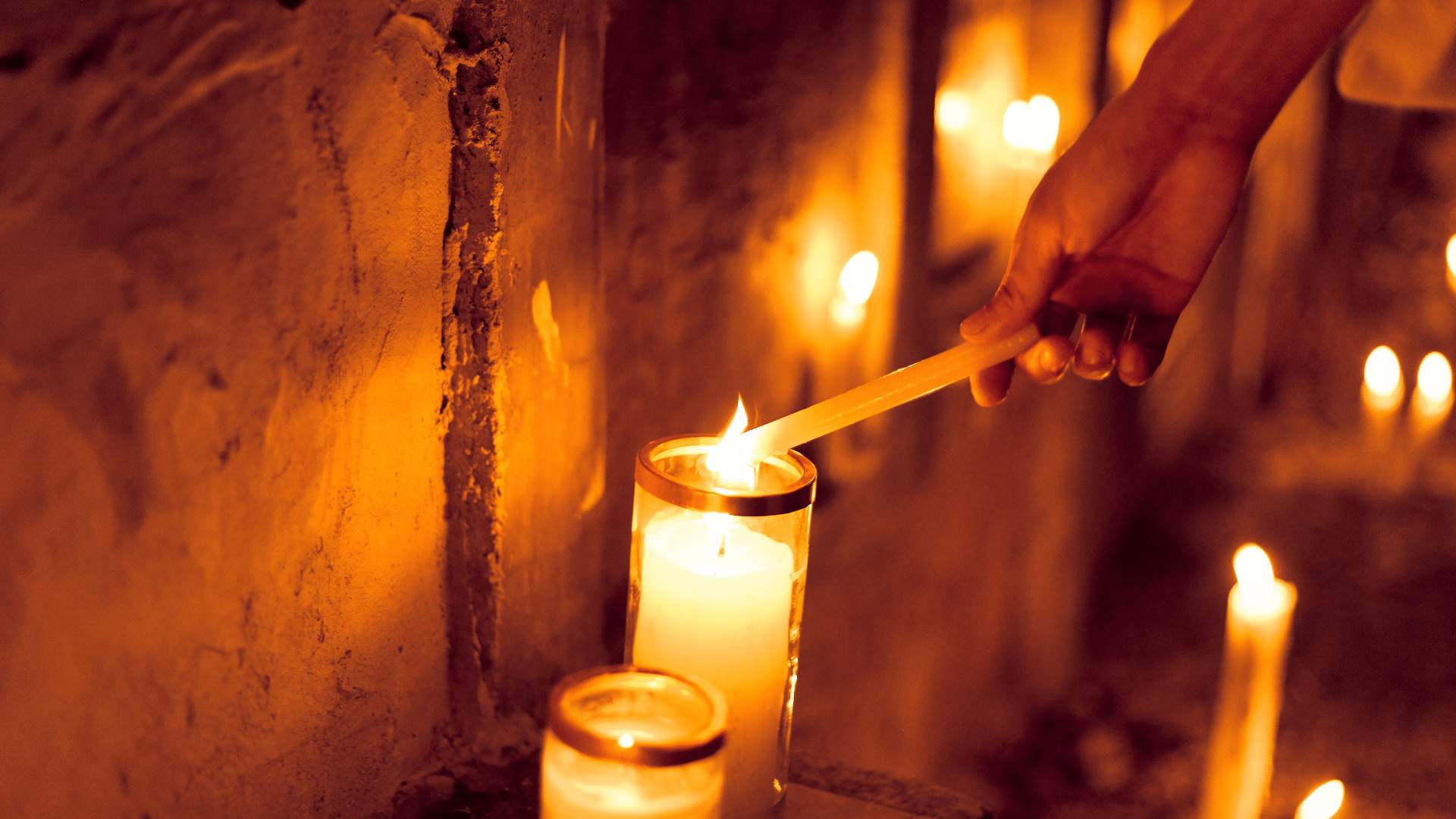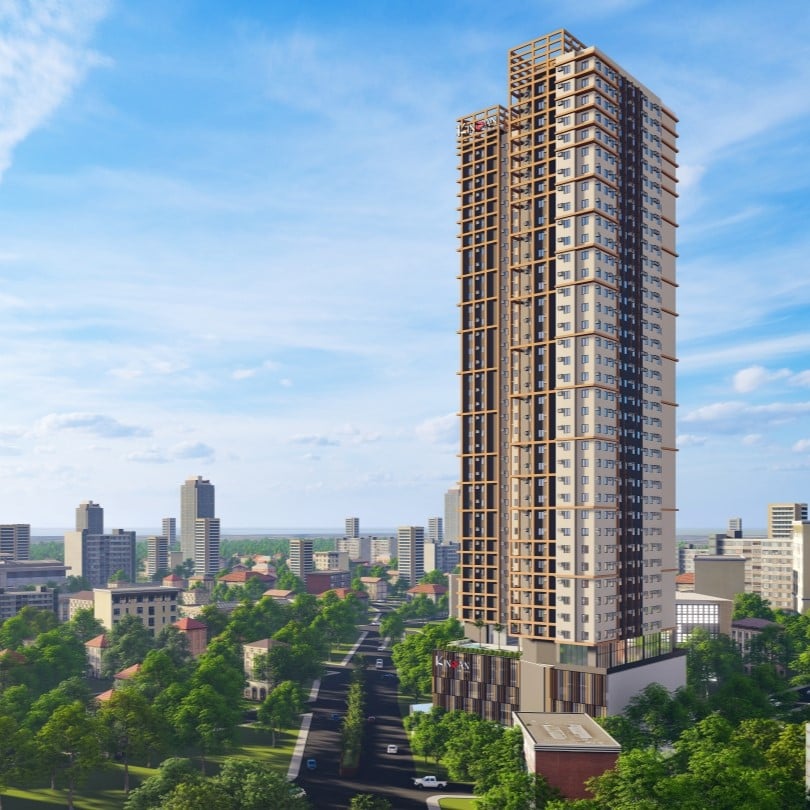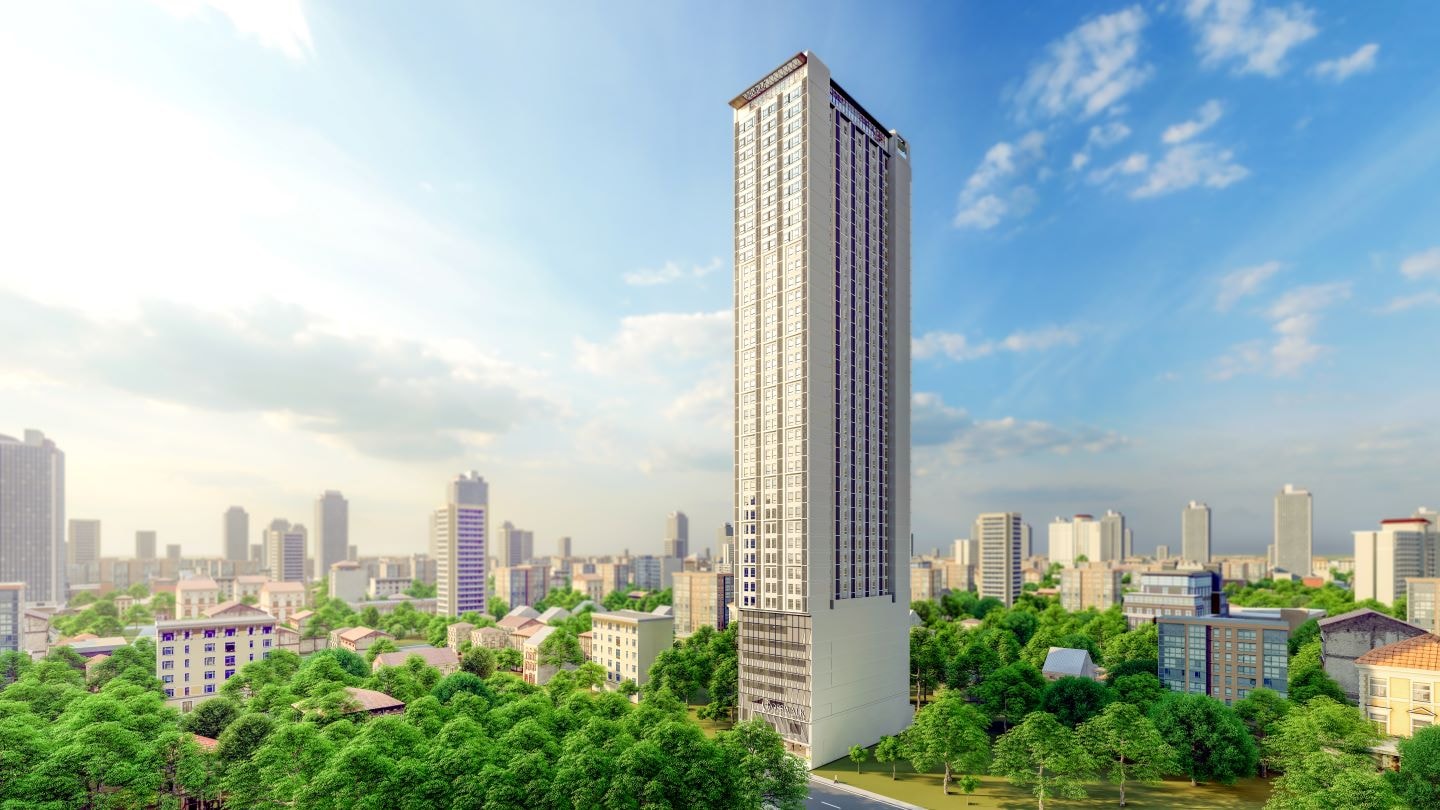Halloween in the Philippines, the only Catholic-majority nation in Southeast Asia, differs from Halloween in most Western nations. Filipinos observe it differently despite the fact that it is a significant holiday in the Philippines, much like it is in the US and other Western countries.
Filipinos are not fond of the well-known "Hallows Eve" and are not a fan of carving pumpkins or bobbing for apples; however, specific communities have started to practice trick-or-treating. Instead, flickering candles, fragrant flowers, reflective prayers, and group visits to cemeteries are observed.
It carries a far deeper connotation in the Philippines and other nations with a strong Latin influence. Halloween only serves as a prelude to Undas, a week-long festival of All Saints' Day in the Philippines derived from the Spanish word "honrar" (to honor).
Brief history
The origins of Halloween can be found in the seventh century. This particular Filipino tradition (same with much of Hispanic and Latin countries) can be traced back to the ancient Celtic holiday of "Samhain," when people lit bonfires and donned costumes to fend off ghosts and signal the start of the "darker half" of the year.
Pope Gregory III established November 1st as a day to celebrate all saints in the ninth century. People who observed All Saints Day, often referred to as All Hallows' Day or Hallowmas, gradually adopted some Samhain practices, including the usage of pumpkins, and Halloween was created as a result of the union of the two traditions - though its spiritual nature heavily influences the most common Filipino Halloween traditions.
On November 2nd, the day after All Saints' Day, Filipinos and Latin Catholics also observe All Souls Day, a day of prayer and remembering those who have passed away. Those who follow the customs pay tribute to the memories of loved ones in ways that vary by culture.
It paved the way for the" Undas Philippines" we know today.
A quick timeline
Filipino Halloween traditions, much like the Filipino version of celebrating Christmas, are not that quick, aren't they?
As foreshadowed, Halloween is not only observed in the Philippines on one particular night. Halloween celebrations last a week or longer, including the preparations. Here's an overview of what Filipinos will likely do before, during, and after Halloween.
Seven days prior
The cemeteries where our loved ones are buried start to undergo a thorough cleaning process a week or so before Halloween. Our cemeteries are kept in reasonable condition by having the grass cut, the shrubs trimmed, the paths swept, and the graves freshly painted. To get ready for the massive cemetery visitation on November 1st and 2nd. These tasks are finished by the cemetery staff or the relatives of the bereaved individuals.
Surprisingly, this is a must when celebrating Halloween in the Philippines.
Rush hour on the 31st
The true horror of Halloween in the Philippines happens when Everyone returns to their respective "Probinsya" to see their deceased loved ones in advance of the holiday, with people of all classes and occupations (mainly) making the trip from all over the Philippines. In the days before November 1st, every mode of transportation was utterly crowded.
The majority of individuals are busy getting ready for tomorrow. Many individuals have bought the candles, flowers, and picnic items they intend to bring the next day to the cemetery. Indeed, the busiest day of this "Undas Philippines season" is October 31st.
First wave: All Saints' Day
Filipino cemeteries and memorial parks are severely crowded on this day, especially in the afternoon and evening, with mourning loved ones. Traffic in this particular area is pretty congested.
Final yet subtle wave: All Souls' Day
All Souls' Day is observed on November 2nd. Many folks choose to pay their respects on All Souls' Day rather than endure the November 1st graveyard congestion. Meanwhile, November 2nd is typically spent commuting back home to begin work the following day for individuals who live and work in large cities.
Halloween Philippines 2022: 7 Halloween Traditions that are uniquely Filipino
Trick-or-treat? You mean Pangangaluluwa
While western nations, most especially children, knock on doors to request candies, Filipinos, on the other hand, chant about souls and purgatory while soliciting charity on November 1st. It is a long-standing tradition known as pangangaluluwa that is still carried out in the regions today.
Initially, the tradition of pangangaluluwa involves participants covering themselves in white blankets to symbolize the souls of the deceased. They ring doorbells while singing and pleading for alms to pay for funeral liturgies - though most only do the chanting part, places like Nueva Ecija and Cavite still do the whole "presentation."
Candle lighting on the doorstep
Many Filipinos place lit candles on their doorsteps outside their homes. People used to think that the light would guide their departed loved ones to their homes and on their journey to the afterlife.
Candles are being lit around 6 pm on November 1 and 2.
The undying culture of "Atang" (Alay)
Filipinos typically prepare a plate of food and set it on the altar or their gravestones as an offering to the deceased. The name of this custom is pag-aatang.
Some Filipino households share the Hindu custom of offering sticky rice cakes to the deceased. Because there used to be only two harvests each year and farmers would harvest macaroyo and batolinew (glutinous rice) just before All Saints' Day, rice cakes, or kakanin, are a standard offering for the deceased.
Since there were no refrigerators then, making rice cakes as offerings was a sure thing because they did not quickly go wrong.
It's not summer camp; call it Undas Camp!
Filipinos have a tradition of camping out for many hours in graves on All Saints' Day and All Souls' Day with their families.
The get-together is a family reunion with all the goodies and recollective tales they exchange. Families typically spend an hour and a half in the cemetery; some bring tents to stay in all day or all night. Perhaps it becomes a wholesome yet extra special Halloween because even the dead loved ones were technical with you.
Melted candle wax as a source of fun (and funds)!
A child can become very bored spending all day in the cemetery. So what better way to spend the time than to form tiny balls out of all the melted candle wax?
This unknowingly became one of the Filipino Halloween traditions. Some underprivileged children also use this thing as a source of income; Undas is also a solemn day for personal reflection.
Magandang Gabi, Bayan
If condo living is already a thing in the 90s, this is a perfect choice for a TV marathon.
The news magazine program focusing on investigative journalism is incredibly spooky on the Saturday before Undas because it includes stories on the most haunted locations in the nation and reenactments of paranormal happenings. Even the set design of this Kabayan Noli De Castro's show contributes to the menacing mood.
KMJS: Gabi ng Lagim
The popular program Kapuso Mo, Jessica Soho, has an annual horror episode that attracts viewers from the Philippines. In this episode, Ed Caluag, a well-known paranormal investigator, collaborates with Jessica Soho to present haunted documentaries.
Also a must in the list for TV viewing in condo living.
Undas Philippines: A time for prayer and reuniting
Halloween is undoubtedly a very solemn occasion in the Philippines, but it can also be fun, especially when shared with loved ones. Setting up camping areas in cemeteries and many families gathering there to sing, dance, and eat, resembles a feast with copious amounts of food and drink to honor and revere the family members who have passed away.
For more information on Vista Residences, email [email protected], follow @VistaResidencesOfficial on Facebook, Twitter, Instagram, and YouTube, or call the Marketing Office at 0999 886 4262 / 0917 582 5167.










